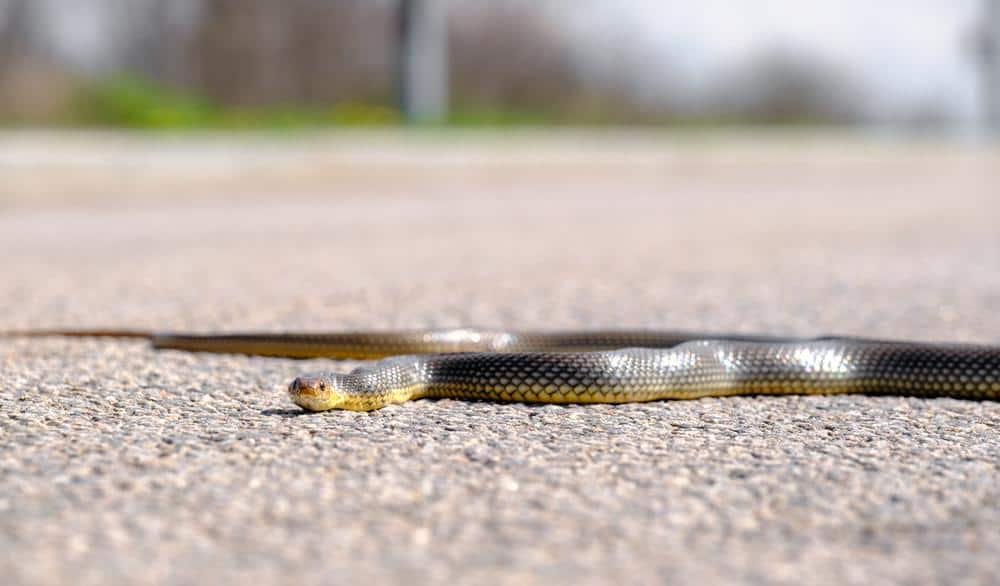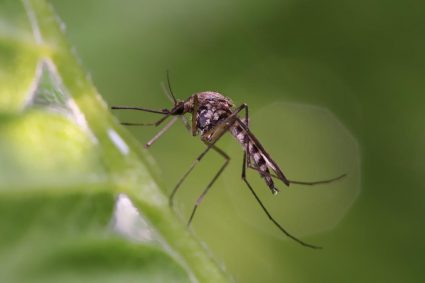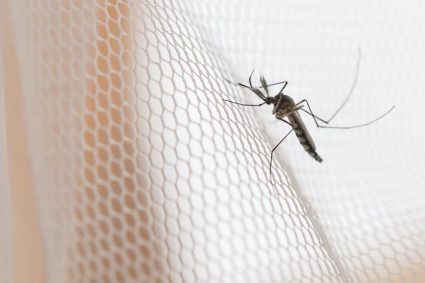
Rattlesnake bites are a serious concern for those living in areas where these venomous creatures are found. Recognizing the signs of a rattlesnake bite and knowing what to do when bitten can save your life or the life of someone else. This comprehensive article will provide you with the knowledge you need to understand what a rattlesnake bite looks like, the symptoms that may follow, and the necessary steps to take following a bite.
A rattlesnake bite typically appears as one or two puncture marks made by the snake’s large fangs. The area around the bite may experience pain, tingling, or a burning sensation. Symptoms can include redness, swelling, bruising, bleeding, or blistering around the bite, severe pain and tenderness at the site of the bite, and systemic symptoms like nausea, vomiting, labored breathing, rapid heart rate, disturbed vision, and more. It’s crucial to seek immediate medical attention if bitten.
Identifying a Rattlesnake Bite
A rattlesnake bite typically appears as one or two puncture marks made by the snake’s large fangs. The area around the bite may experience pain, tingling, or a burning sensation. Symptoms of a rattlesnake bite can include redness, swelling, bruising, bleeding, or blistering around the bite, severe pain and tenderness at the site of the bite, nausea, vomiting, diarrhea, labored breathing, rapid heart rate, weak pulse, low blood pressure, disturbed vision, a metallic, mint, or rubber taste in the mouth, increased salivation and sweating, numbness or tingling around the face and/or limbs, and muscle twitching.
Physical Symptoms of a Rattlesnake Bite
The physical symptoms of a rattlesnake bite can vary depending on the individual and the amount of venom injected. Symptoms can appear within minutes or take a couple of hours to manifest. Common symptoms include:
- One or two puncture marks at the wound
- Redness, swelling, bruising, bleeding, or blistering around the bite
- Severe pain and tenderness at the site of the bite
- Nausea, vomiting, or diarrhea
- Labored breathing (in extreme cases, breathing may stop altogether)
- Rapid heart rate, weak pulse, low blood pressure
- Disturbed vision
- Metallic, mint, or rubber taste in the mouth
- Increased salivation and sweating
- Numbness or tingling around the face and/or limbs
- Muscle twitching
Immediate Actions to Take After a Rattlesnake Bite
If you or someone else is bitten by a rattlesnake, it’s crucial to take immediate action while waiting for professional medical help. Here are the steps you should follow:
- Move away from the snake to avoid further bites.
- Keep the person calm and at rest, remaining as still as possible to prevent venom from spreading.
- Remove any jewelry, watches, or tight clothing before swelling starts.
- Sit or lie down so that the bite is below the level of the heart.
- Wash the bite with soap and water.
- Apply a clean, cool compress to the bite area.
- Do not apply ice, tourniquets, or constricting bands.
- Do not attempt to suck out the venom or cut the bite site.
- Call 911 or your local emergency number right away, especially if the bitten area changes color, swells, or is painful.
Diagnosis and Treatment of a Rattlesnake Bite
A rattlesnake bite is diagnosed by examining the injury and assessing the symptoms. In the hospital, medical professionals will administer antivenom, which is a treatment specific to the venom of a particular snake and can prevent severe illness or death.
Preventive Measures to Avoid Rattlesnake Bites
To avoid being bitten by a rattlesnake, there are several preventive measures you can take. Be aware of your surroundings, dress appropriately, use a flashlight when walking at night, stay on well-used trails, wear protective clothing, be alert and use a walking stick when in wilderness areas, avoid surprise encounters with snakes by being cautious around wood and debris piles, and eliminate similar hiding places at home.
By following these tips, individuals can significantly reduce their chances of being bitten by a rattlesnake. Remember, if bitten, seek immediate medical attention, as the venom can cause tissue damage, affect the circulatory system, and even lead to organ failure and death if left untreated.
Frequently Asked Questions
What is the most common type of rattlesnake in the United States?
The most common type of rattlesnake in the United States is the Eastern Diamondback Rattlesnake.
How long after a rattlesnake bite do symptoms appear?
Symptoms of a rattlesnake bite can appear within minutes to a few hours after the bite.
Are all rattlesnakes venomous?
Yes, all rattlesnakes are venomous. The potency of their venom, however, can vary between species.
Can you die from a rattlesnake bite?
Yes, it is possible to die from a rattlesnake bite if it is not treated promptly. Rattlesnake venom can cause severe tissue damage, affect the circulatory system, and lead to organ failure.
What should I do if I encounter a rattlesnake in the wild?
If you encounter a rattlesnake in the wild, it’s important not to panic or make sudden movements. Back away slowly and give the snake plenty of room to escape. Do not attempt to handle or kill the snake.
How is a rattlesnake bite treated in the hospital?
In the hospital, a rattlesnake bite is typically treated with antivenom, which is a treatment specific to the venom of a particular snake. This can prevent severe illness or death.
Can pets be affected by rattlesnake bites?
Yes, pets can be affected by rattlesnake bites. If your pet is bitten by a rattlesnake, it’s important to get them to a vet as quickly as possible. The vet may administer antivenom and provide other supportive care.
Can rattlesnakes swim?
Yes, rattlesnakes can swim. They are known to swim in water to reach different areas or to escape from predators.










